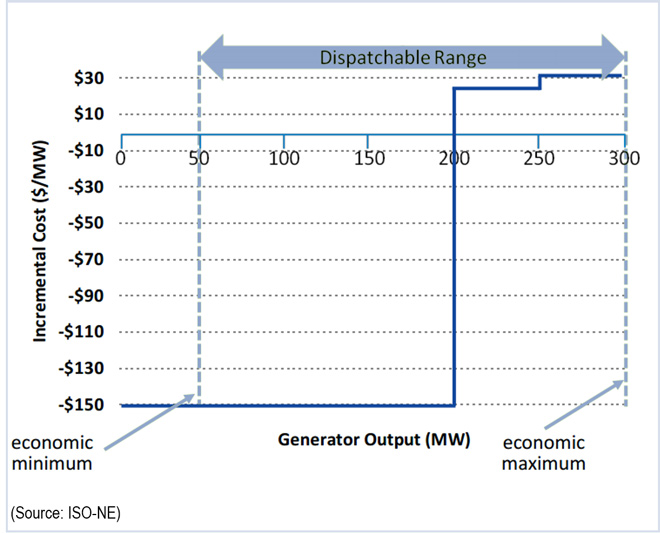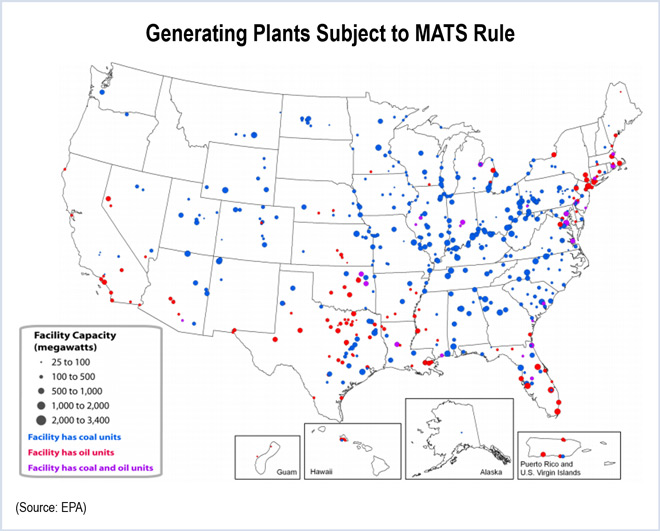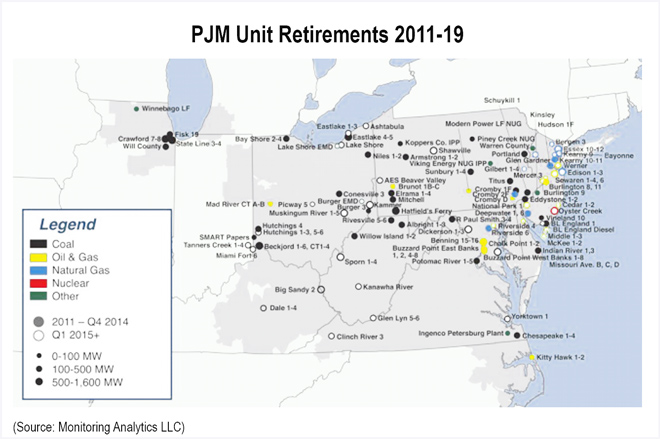By Chris O’Malley
Multiple stakeholders have asked the Federal Energy Regulatory Commission for a rehearing of its Feb. 19 ruling involving MISO’s system support resources agreements at a trio of aging power plants in Michigan’s Upper Peninsula.
The February ruling affirmed FERC’s previous finding that MISO could no longer allocate broadly within the American Transmission Co. pricing zone the SSR costs of keeping open three aging plants — most notably the Presque Isle generating station near Marquette. (See FERC Upends MISO’s SSR Cost Allocation Practice.)
The March 23 filings seek rehearing on several parts of the commission’s February order that required MISO to file a new study method to identify entities that benefit directly from the three plants and allocate costs of the agreements directly to them.
Double Recovery
One of the requests was filed jointly by Tilden Mining and Empire Mining Partnership, which last October filed a protest alleging Presque Isle owner We Energies was recovering SSR costs through the utility’s retail rates as well as through MISO’s SSR surcharges. Last November, FERC acknowledged the double recovery issue was raised by several stakeholders. It accepted a replacement SSR but said it would be subject to refund.
But the mines complain FERC declined to address concerns about double recovery of fixed capital costs through We Energies’ retail rates.
“FERC failed to engage in reasoned decision making and abdicated its statutory responsibility to assure that MISO’s federally regulated SSR rates are just and reasonable in the context of shared state and federal regulatory responsibility,” the mines said (ER14-1242).
“Whether or not the commission likes it, the fact is that the state-authorized recovery of [Presque Isle] costs through [We Energies’] 2014 Wisconsin retail rates included full recovery of the Wisconsin share” of the utility’s Presque Isle costs.
The Sault Ste. Marie Tribe of Chippewa Indians made the same argument in a separate filing (ER14-2952-002).
The City of Mackinac Island also requested rehearing, also citing the mines’ reasoning. The city also alleges that MISO should not have authorized an SSR agreement for Presque Isle because the plant’s owner had not made a “definitive” retirement decision (EL14-103).
Michigan PSC
The Michigan Public Service Commission filed a 20-page request saying FERC should reverse its retroactive allocation of SSR costs for Presque Isle, White Pine and Escanaba plants (ER14-2952). FERC established April 3, 2014, as the retroactive date.
FERC’s Feb. 19 order was a win for the Wisconsin Public Service Commission, which last year alleged MISO improperly allocated SSR costs on a pro rata basis to all load-serving entities in the ATC footprint.
The Wisconsin PSC argued that 92% of the projected $52.2 million in annual fixed costs under the original Presque Isle SSR would be allocated to load serving entities in Wisconsin even though they would receive only 42% of the benefits from the plant’s continued operation.
The city of Escanaba, Mich., asked the commission to clarify that its rejection of MISO’s cost allocation proposal does not bar “a methodology using all or part of either an optimal load shed methodology or some use of [local balancing authority area] boundaries under certain circumstances, if MISO’s compliance process fails to produce a suitable substitute” (EL14-34).
Challenge to Rate Design
But the order has also drawn additional opponents, including Integrys Energy Services. In its rehearing request, it alleges the commission erred by applying a new rate design methodology to the ATC zone different than that applied in MISO previously and by applying that new rate design retroactively (ER14-1242).
“On rehearing, if the commission is going to require a new methodology for allocating SSR costs throughout MISO, it should apply these changes prospectively and only after the methodology has been shown to be just and reasonable,” Integrys said.
The recent filings are just the latest in the ongoing Presque Isle saga. In mid-March officials announced that a deal to sell Presque Isle to Upper Peninsula Power would be scrapped. We Energies will retain the plant now that Tilden and Empire will come back as customers of Presque Isle. The mines decided two years ago to purchase power from other providers under Michigan’s partially deregulated electricity market.


















